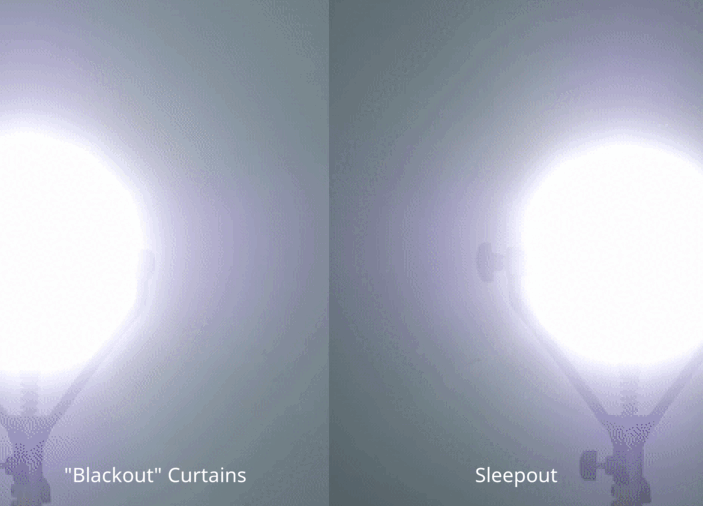As a new parent, one of the most important things you'll need to navigate is ensuring your baby gets enough sound sleep. Many parents choose a bassinet for the first few months as it's portable and fits comfortably next to your bed. However, helping your baby get comfortable sleeping in a new environment like a bassinet can sometimes be a challenge. Here are detailed tips and tricks to help your little one snooze peacefully.
Understanding the Importance of a Comfortable Bassinet Setup
The environment in which your baby sleeps plays a crucial role in how well they sleep. A comfortable bassinet setup that mimics the closeness and security they felt in the womb can significantly ease their transition to the outside world. Ensure the mattress is firm and covered with a fitted sheet, avoiding any loose bedding or soft toys, which pose a risk of SIDS (Sudden Infant Death Syndrome).

Choose the Right Location for the Bassinet
Location is key when setting up your baby’s bassinet. It should be placed in a quiet, dark part of your room away from direct sunlight, drafty windows, and noisy electronic devices. This setup helps in creating an ideal sleeping environment that encourages longer and deeper sleep.
Creating a Sleep-Inducing Environment
Control the sensory environment of your baby’s sleeping area. This includes managing sound, light, and temperature:
- Sound: A white noise machine can be beneficial in drowning out disruptive sounds from inside or outside the home.
- Light: Too much light can inhibit melatonin production, which is essential for your baby's sleep-wake cycle. Using Sleepout Portable Blackout Curtains can create a night-like environment, even during the day, helping your baby sleep better and longer.
- Temperature: The ideal temperature for a baby's room is between 68 and 72 degrees Fahrenheit. Make sure your baby is dressed appropriately for the temperature, not too hot or too cold.

The Role of Routine in Your Baby's Sleep
Establishing a bedtime routine can significantly help your baby understand that it's time to wind down and go to sleep. This routine could involve changing into nighttime diapers and pajamas, dimming the lights, reading a bedtime story, and some cuddles. Consistency with your bedtime routine will condition your baby to start feeling sleepy as you go through these steps.
Safe Sleep Practices
Always place your baby on their back to sleep, in their own bassinet, not in the bed with you. This reduces the risk of SIDS and ensures they're sleeping in the safest manner possible. It’s also essential to keep the bassinet clear of any items other than a tight-fitting sheet on the mattress.
Gently Adjusting Your Baby to the Bassinet
If your baby initially resists sleeping in the bassinet, consider gradual steps to ease the transition:
- Start by having them nap in the bassinet during the day, where they're under your watchful eye.
- Use a familiar item, like a wearable blanket they've used before for sleep, to make the bassinet feel more comforting.
- Gently rock the bassinet or place your hand on your baby's belly to help soothe them to sleep.
When to Consult a Pediatrician
While it's common for babies to take some time to adjust to a new sleeping environment, consistent difficulties in sleeping can occasionally signify an underlying issue. If you're concerned about your baby's sleep patterns, or they seem excessively cranky, have irregular breathing patterns during sleep, or show other signs of distress, consulting with a pediatrician can provide guidance and peace of mind.
Summary
Getting your baby to sleep comfortably in a bassinet is crucial for their development and your well-being. Focus on creating a safe, comfortable sleeping environment with the right ambiance using tools like blackout curtains and white noise machines. Stick to a consistent routine that cues bedtime and be patient as your baby gradually acclimates to their new sleeping arrangement. Remember, each baby is unique, and what works for one may not work for another. Adjust these tips as needed to suit your baby's preferences and needs.
With these strategies, not only will your baby sleep more soundly, but you'll also have more peace of mind, knowing you're providing a safe, nurturing environment that promotes healthy sleep habits.


